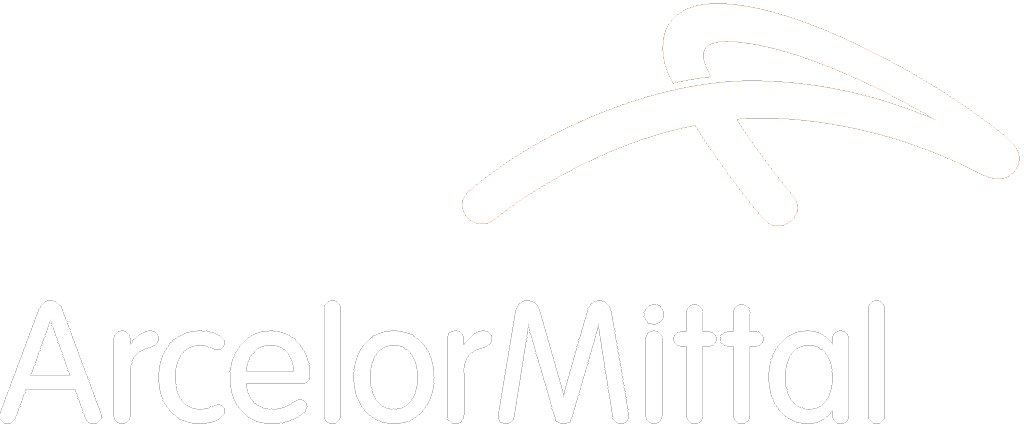Challenge
In order to drive operational efficiency and reduce its dependence on a physical data center, ArcelorMittal sought a cloud-based backup and disaster recovery solution for its SAP applications running on AIX on IBM hardware.
Solution
The company successfully migrated its business-critical SAP on-premise environment to Skytap on Azure improving its disaster recovery readiness while minimizing its physical infrastructure dependency.
About ArcelorMittal
Headquartered in Luxembourg, ArcelorMittal is the world’s leading steel and mining company, with a presence in 60 countries and primary steelmaking facilities in 16 countries. In 2022, ArcelorMittal had crude steel production of 59 million metric tonnes, while iron ore production reached 45 million metric tonnes. The company’s purpose is to produce ever smarter steels that have a positive benefit for people and planet.
Challenge
Until 2018, ArcelorMittal Temirtau, a Kazakhstan-based steel producer, used a local data center strategy. During that time, the company began to evaluate if it should continue to operate and manage its data centers or consider migrating workloads and applications to the cloud to drive operational efficiency. It also began looking at options for cloud-based backup and disaster recovery for business-critical on-prem applications. Specifically, ArcelorMittal Temirtau had selected Azure as its destination cloud and was interested in a cloud-based disaster recovery solution for its SAP applications running on AIX on on-premises IBM Power hardware. Doing so would eliminate its dependency on its own physical IT infrastructure while ensuring rapid recovery for the business-critical applications in the case of an unexpected event or system failure.
Skytap Solution
ArcelorMittal Temirtau began its search for a cloud-based disaster recovery solution for its business-critical SAP environment. “We were looking to begin our journey to the cloud for our AIX applications with cloud-based backup and one of our partners suggested we look at Skytap because it would make it possible for us to run a complete copy of the application in Azure,” commented ArcelorMittal Temirtau Deputy Head of Centre for IT Infrastructure Alexandr Chsherbov.
With Skytap, ArcelorMittal Temirtau would have the ability to replicate complete production environments in Azure in their native formats, giving the company peace of mind that data and applications are always accessible. Moving the SAP workloads “as-is” to the cloud would also avoid business risk while improving the company’s disaster recovery readiness in the case of unexpected events and uncontrollable external conditions throughout its region of operation.
Outcomes
ArcelorMittal Temirtau engaged with Skytap, Microsoft, and a systems integration partner to develop a structured migration approach and successfully migrated the company’s existing SAP on-prem environment, including migrating seven LPARs to Skytap on Azure. The approach included the use of standard migration patterns for moving AIX workloads to Skytap on Azure. “Before copying the environments we completed testing and then once everything was working as expected we performed the switchover and it’s been running successfully ever since,” stated ArcelorMittal Temirtau System Administrator Maxim Abdullin.
ArcelorMittal Temirtau also noted the ease of setting up the Skytap service within the company’s existing Azure account, detailing the additional budget management benefits. “With our Skytap subscription in Azure, it’s very easy to predict costs, forecast spending, and plan our budget out six months, one year, etc.,” stated Chsherbov.
The migration to Skytap on Azure achieved ArcelorMittal Temirtau’s primary objective – to enable a rapid recovery disaster recovery solution for its business-critical SAP environment in the event of a failure. With these workloads successfully migrated and running in Azure, the company has improved its disaster recovery readiness while minimizing its physical infrastructure dependency. In addition, the cloud-based disaster recovery offers high scalability, cost-efficiency, and flexibility with less downtime.

